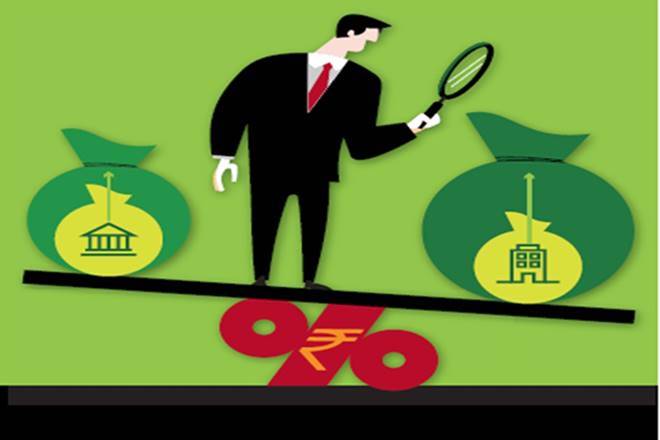Insight, The Annual Business, Finance, and Economics meet of Narsee Monjee College of Commerce and Economics, Mumbai has been fabricated with the main motive of bridging the gap between the youth and the corporate world. To inculcate practicality to the theoretical knowledge, Insight conducts 3 main avenues- Competitive events on the lines of Business, Finance and Economics, Business Conclaves and The Global Youth Economic Summit.
One such competitive event at Insight this year was Symposium – The research paper competition, wherein participants had to research upon the topic The Interdependence amongst Gold, Crude Oil, and Dollars in the global economy, and come up with a detailed paper on it.
An NBFC (Non-Banking Financial Company) is a company which is registered under the Companies Act, 1956.engaged in the business of loans and advances, acquisition of shares, stock, bonds, and debentures, securities issued by the government or local authority. NBFCs are a backbone to the economy contributing to about 12.5% rise in the GDP of our country. NBFCs act as a financial intermediary by providing funds to the bank exclusively to the MSMEs and other companies.
NBFC’s were the largest net borrowers from the financial systems with gross receivables of around Rs.419, 000 crore and gross payables (loans) of about Rs.717, 000 crore in March 2018. According to the breakup of gross payables, the highest funds received by the NBFC’s were from the banks (44%), followed by mutual funds (33%) and insurance companies (19%). The NBFCs took short term liabilities but the fund to repay them back came from the MSMEs and the other companies for a longer time (long term assets). This Asset-Liability Mismatch (ALM) due to the time gap led to a sudden blow to the Indian economy.
IL&FS Case Study:
IL&FS is an Indian Infrastructure Development and Finance company, founded in 1987 with equity from Central Bank of India, Unit Trust of India, and Housing Development Finance Co when peers IDBI and ICICI were focused more on corporate projects.
On Sep 4th, it defaulted on an interest payment on Rs. 300 crore loaned to the SIDBI. This caused harsh effects in equity stock markets with BSE crashing to nearly 1500 points on Sept 12. Debt markets started taking a huge hit over the period after the IL&FS crisis. The real estates got stagnant because of the NBFCs not having any money left with them to fund these real estates which basically led to delay of the construction and in turn, failing to meet their commitment.
To save the NBFCs, the RBI and government have come together and according to us, the RBI and the government should ask the banks by helping the NBFCs by funding the best and big NBFCs who can repay according to their portfolios buying them. In return, they would lend them the money required to remove them of this hunch they are facing and free the NBFCs of the burden to get them back into the business with other preventive measures that can be undertaken. All of this together can help NBFC come out of the crisis.




























